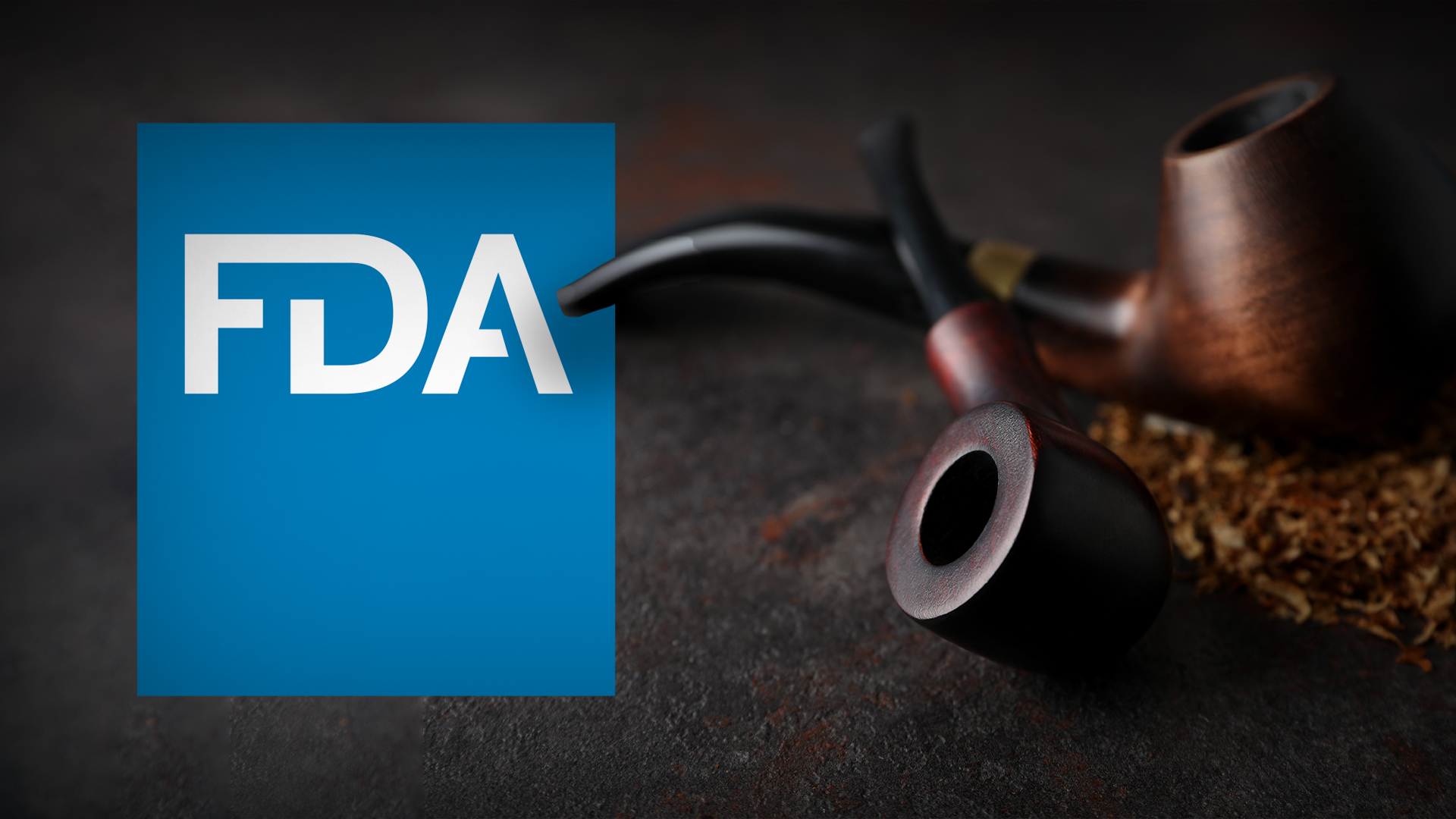WASHINGTON, Aug. 7, 2014 /PRNewswire/ — Arguing for a “meaningful and feasible framework” that accommodates the unique characteristics of the pipe tobacco market, the Pipe Tobacco Council, the national trade association representing the pipe tobacco industry, today submitted comments on Food and Drug Administration efforts to regulate pipe tobacco.
The FDA has proposed to regulate pipe tobacco under the Family Smoking Prevention and Tobacco Control Act. The move would create new legal and regulatory frameworks that would impact every element of the pipe tobacco supply chain, from manufacturers to end users.
“Genuine pipe tobacco represents about 0.1% of all tobacco sales in America, and we believe it is not practical to regulate pipe tobacco like other tobacco products,” said PTC President Craig Williamson. “We’re calling on the FDA to approach regulation with fairness and feasibility that safeguards America’s proud pipe tobacco tradition.”
Specifically, PTC comments on proposed FDA regulations addressed:
I. Defining Pipe Tobacco: The proposed deeming regulation does not define “pipe tobacco,” but PTC believes it is important to clearly separate pipe tobacco from tobacco that, although labeled for pipes, is intended for roll-your-own use. PTC offered a number of criteria to help the FDA draw this distinction.
II. Regulating Pipe Tobacco: PTC proposed that pipe tobacco should adhere to requirements for registration and listing; user fees; Good Manufacturing Practice (“GMP”); minimum age and identification restrictions; health warnings; and the prohibition against vending machine sales, unless in a facility that excludes youth. Pipe tobacco should also be subject to some of the prohibitions against adulteration or misbranding.
However, PTC argued that premarket review requirements should not apply to pipe tobacco because most of the changes to pipe tobacco are undertaken to maintain a consistent taste that satisfies consumer expectations. Pipe tobacco manufacturers change tobacco blends, casings and flavorings to maintain a consistent taste, and these changes are not designed to create “new” products to attract new users.
III. Retailer Obligations
PTC asked the FDA to clarify that regulations apply only to manufacturers, and not to pipe tobacco retailers who mix their own blends from bulk pipe tobacco. PTC does not believe this activity amounts to manufacturing, fabricating, assembling, or processing of a tobacco product, and the tobacco products being mixed were already manufactured by companies subject to FDA’s laws and regulations. Subjecting retailers to FDA regulations would be financially burdensome.
IV. Path to Market
Grandfather Date: FDA states that the grandfather date for purposes of substantial equivalence comparisons is February 15, 2007. PTC believes that date will unfairly disadvantage the pipe tobacco industry relative to the cigarette, smokeless, and roll-your-own industries. PTC proposed that FDA use the date of the proposed deeming regulation, April 25, 2014, as the grandfather date. Doing so would place pipe tobacco on the same footing as currently regulated tobacco products that have a grandfather date of February 15, 2007, reflecting when manufacturers first became aware of the Congressional intent to regulate cigarettes, smokeless tobacco and roll-your-own tobacco.
Natural Variation: PTC argued that blending changes necessary to maintain a consistent taste should not be considered new products and should be considered substantially equivalent.
HPHC Testing: Currently, neither a HPHC list for pipe tobacco nor a testing methodology exists; therefore, pipe tobacco manufacturers cannot evaluate the HPHC level in their products. PTC asserted that FDA should not require a comparison of HPHCs in new and predicate products.
Brand Names: Retailers may mix bulk products together to create their own blends. As a result, the same pipe tobacco product is often sold under a bulk manufacturer label and a private label. PTC disagreed with FDA’s current position that a new brand name for an otherwise unchanged tobacco product renders the tobacco product a “new tobacco product.”
V. Sampling
PTC opposed FDA’s proposed prohibition against free sampling. Given the small size of the market, pipe tobacco advertising is limited. Sampling is a very important part of the sale of pipe tobacco, and PTC argued that sampling should be allowed to continue at age restricted venues.
VI. Mail Order Sales
PTC supported FDA’s position of permitting mail order sales for pipe tobacco, as mail order sales constitute a very large portion of pipe tobacco sales.
VII. Prohibition against Adulterated or Misbranded Products
PTC supported the prohibition against adulterated or misbranded products, but asked the FDA to consider important aspects of the pipe tobacco manufacturing process, such as the importance of maintaining moisture content.
VII. Registration and Listing
Registration and listing requirements will be costly for the pipe tobacco industry, and PTC requested an 18-month delay for suppliers to meet the requirements.
IX. Ingredient Lists and HPHCs.
PTC did not oppose a requirement to provide ingredient listings and reports of HPHCs, but requested that HPHC data should only be required of “new” tobacco products. Further, because pipe tobacco products are often blended and mixed, ingredient listings and HPHC reports should only be required for “base” blends.
X. Modified Risk Tobacco Products
PTC did not oppose the requirement for FDA’s premarket review of modified risk descriptors (e.g., “light”, “low” or “mild”) or direct or implied claims of reduced/modified risk.
XI. Vending Machine Sales
PTC did not oppose a prohibition against vending machine sales in facilities where persons under the age of 18 may be present.
XII. Accessories
PTC asked for clarification on whether pipes would be subject to regulation. The proposed rule excludes “accessories,” and PTC argued that pipes fit this description.
The Pipe Tobacco Council, Inc. is the national trade association of the pipe tobacco industry.

